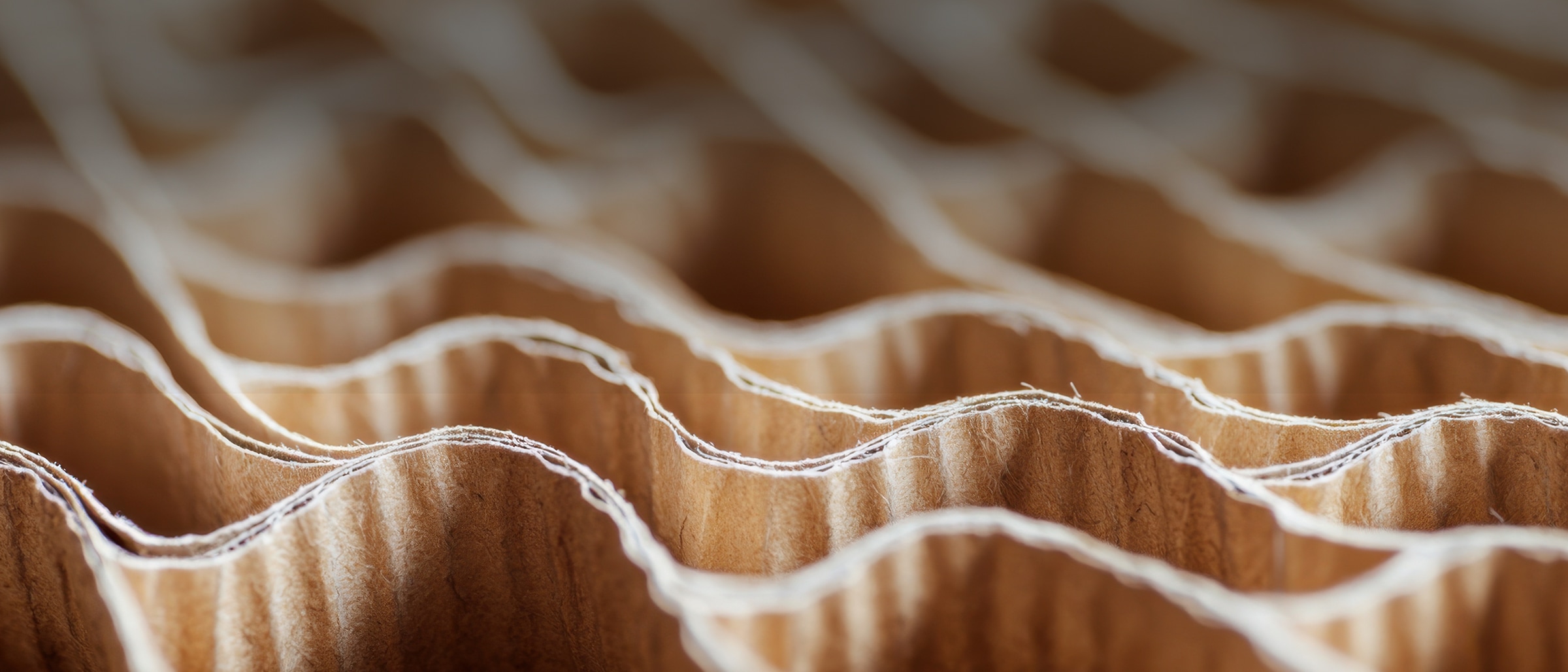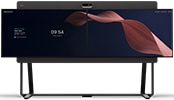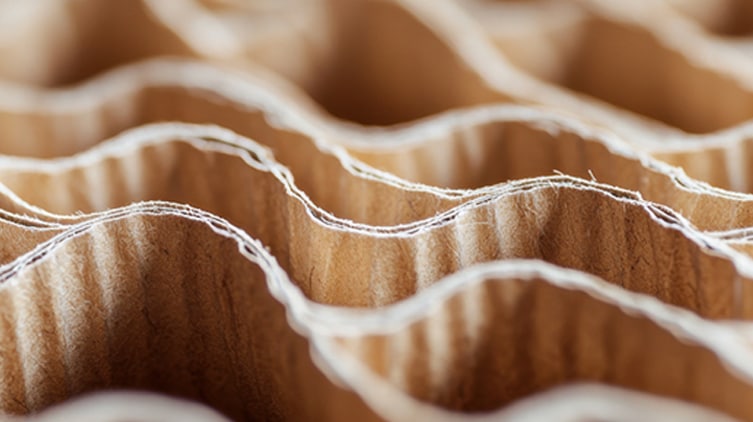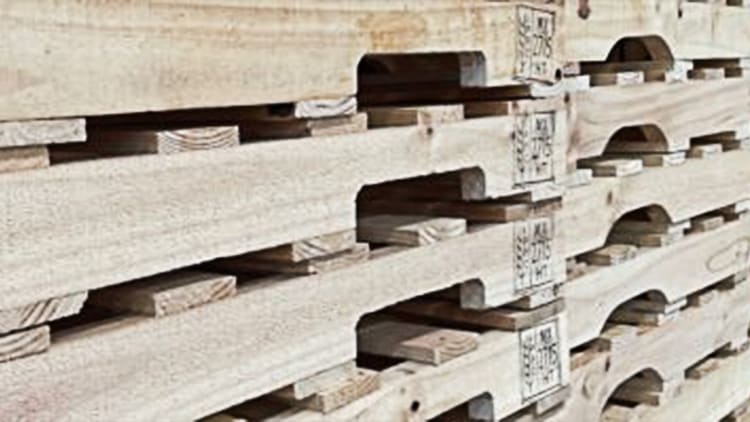Circular Design case studies
Discover how Cisco products use recycled materials, modular parts, and more energy-efficient designs to help advance sustainability and support a circular economy.
Supply Chain Sustainability
Our suppliers play an important role in our circular transformation.









